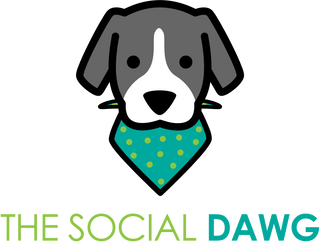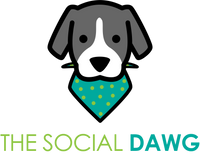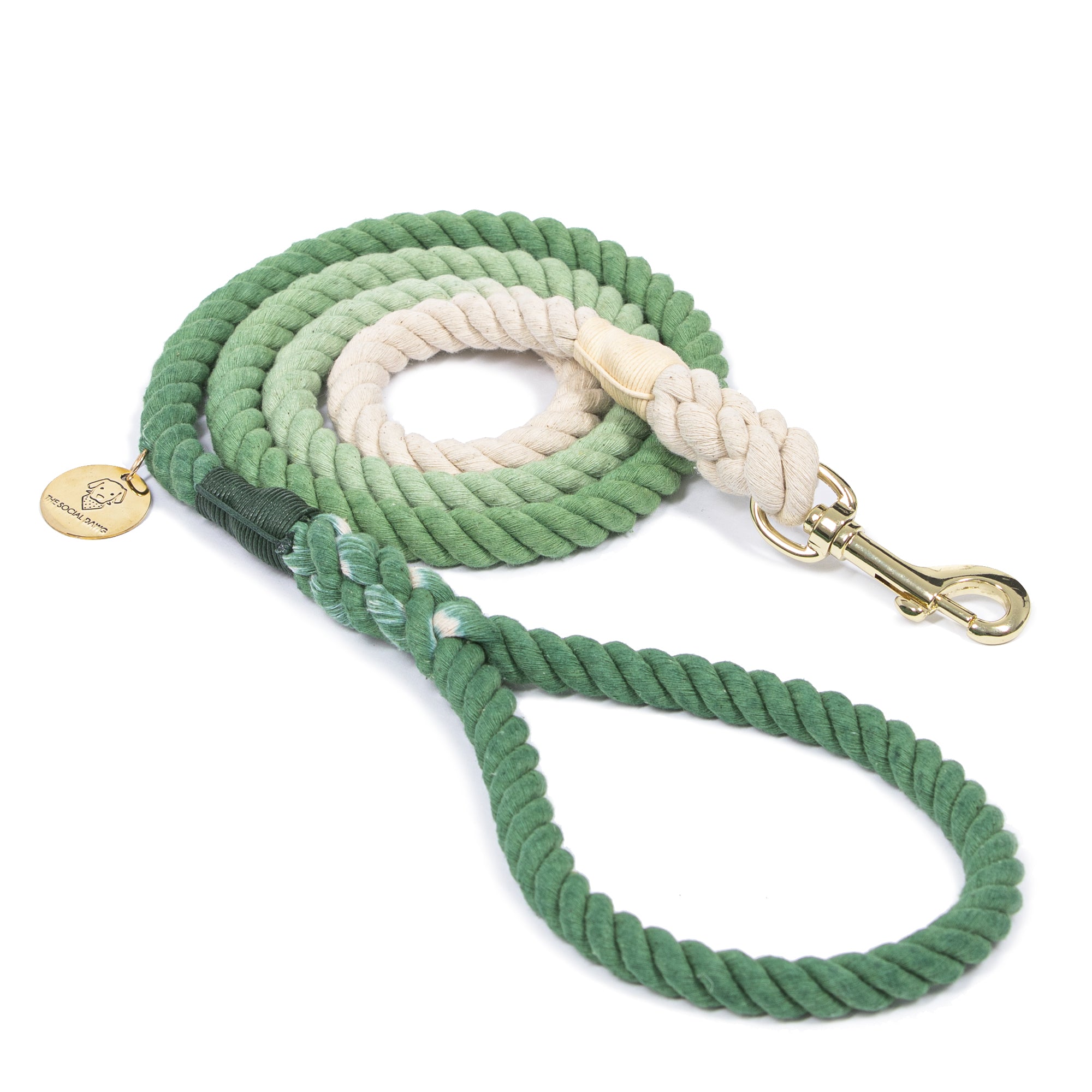How to Help Your Rescue Dog Adjust to a New Home

First and foremost, CONGRATULATIONS to you and your new rescue! Bringing home a dog for the first time is exciting and nerve racking. There is so much that goes into rescuing a dog. From finding the right shelter to finding the right dog to all the background and home checks. The rescue process can be daunting, but your job is not done once that approval letter comes through. There is a whole new world coming your way once you bring your new pup into your home.
There’s another element of anxiety that unfolds when you’re bringing home a rescue dog. Rescue dogs come in many different forms. Some have been born into a shelter and are adopted quickly as puppies, others have been surrendered and have spent a long time in the shelter. Others have been abused or experienced real trauma. Understanding your dog’s situation before bringing them into your home will help you properly prepare for your pet’s wants and needs. Here are some helpful tips to keep in mind when bringing a rescue dog home.
Tip # 1: Have a vet lined up before you bring the dog home

One of the most important tips for new dog owners is to have a vet lined up before you bring your pet home, and remember that you need to take your pet to the vet on a regular basis. The vet should see your dog within the first few days you bring him or her home. This is so the vet can give your pup a health check and discuss ongoing physicals and shot schedules. It’s also a good time to ask any burning questions you have about dog ownership. Things they will discuss with you are:
- How much your dog should be eating and when
- What types of treats and toys are safe
- What shots are needed
- What potty training might look like
- Anything else you’re worried about
Tip #2: Make sure you have the right products
A mistake new dog owners often make is they wait until the day they get their dog to pick up the necessary supplies. We understand how exciting it is to bring your new friend home for the first time, but taking him or her to the pet store to pick out supplies right away can cause unneeded anxiety for the both of you. Consider having all of the essentials well in advance of your new arrival.
These items include:
Food: There are so many foods on the market, and while some may claim to be better than others, it's important to establish how much you’re willing to spend on dog food, and look at reviews and testimonials to make sure you’re feeding something nutritious and affordable. Check out this article about the best dog foods of 2021 to help guide you on what to feed your dog.
Treats: Treats are great for helping break the ice with your new pup, and rewarding for good behavior. Make sure whatever treats you buy are the correct size for your pup.
Bowls: While bowls may seem like a no brainer, this item is something new pet owners often find themselves having to run to the pet store last minute for. It’s best to have a few sets for when you throw them in the dishwasher.
Beds: Beds can be expensive, and if you have a dog that is a chewer, certain beds with a lot of stuffing might not be the best option. Blankets work just fine and can be used for dogs that are likely going to grow quickly in the first year of life. Whether you use blankets or a bed, it's important for your dog to feel like this item is theirs. Especially with anxious dogs, having a bed in a quiet place is calming, and allows them to leave and be alone.
Crate: If you’re choosing to crate train or put your dog in the crate when you leave the home, you’ll want to make sure you have a crate that is safe for your pet. Wire crates are safe for puppies or dogs that like to chew. It's also a good option to have a crate if your dog or puppy is still potty training. The crate should be large enough for your pet to stand up, turn around, and lie down comfortably.
Toys: Having a few different types of toys and bones available is important because your dog will likely take to some toys better than others. Also some dogs are bigger chewers than others. For non-chewers, check out our assortment of squeaky toys that are adorable and affordable.

Leash: While your dog might not know how to walk on a leash right away, it's a good idea to have a leash on hand in case you need to keep them close by while out in public. Steer clear of flexi leashes if you can - they can make it difficult to control your dog in situations when you need to react quickly, and can even cause harm to you and your dog if they try to pull away too quickly.
If you are looking for comfortable leashes that make it easy to safely go on a stroll with your pet, check out our assortment of beautiful hand-died cotton and nylon rope leashes for your pet.
Collar: Many pet owners have strong feelings about the type of collar their dogs wear. Whatever you choose, make sure it's something that is safe for your pet and you’re comfortable using.
Tip #3: Prepare your home for your new arrival

Aside from getting the necessary supplies, make sure to have your home puppy and dog proofed ahead of time. Some helpful puppy and dog proofing tips include:
- Keep low trash cans out of reach, or make sure your trash can has a lid
- Cover or hide cords that your pet has easy access to
- Remove toxic houseplants from your home. Here’s the ASPCA Animal Poison Control list of poisonous plants and flowers
- Keep drugs and medicines out of reach - if you keep medicine in your purse or bags, keep those items out of reach as well
- Lock up cleaners, yard chemicals, and any other chemicals that are in your pet’s reach
- Make sure remotes, controllers and other electronics that hold batteries are properly stowed away
Tip #4: Make sure your dog has a safe place to sleep and be alone

As much as you want to be around your new dog the first 24 hours, recognize when they just want to be alone, and make sure they have a safe place, away from the noise to retire. This could be inside a kennel or in a quiet room away from the living space. Anything that gives your pet a place to call their own. This is a good opportunity for some one-on-one bonding time, but be sure to keep kids and other pets away from this area for the first few days.
Tip #5: Don’t take your dog on errands the first day you bring it home
Many new pet owners are so excited to take their new pet to the pet store or the neighborhood dog park, but this can be extremely stressful for your dog. Take them home right away and wait to take them on errands until they have grown comfortable with you and your family. It’s important to remember that the first few days and weeks, regardless of if you’ve adopted a puppy or an adult dog, are completely different from what they have known in the past. They are likely scared and unsure of this new situation.
Tip #6: Introduce your dog to other family members and pets slowly

Introducing your pet to your kids, other family members and other pets can sometimes cause additional stress on you and your new addition. This might need to take place in phases, and remember to take these introductions slow.
Introducing Kids: Ideally, your children will have been a part of the adoption process when working through a rescue. If not, there’s no need to worry. Here are a few tips to help you introduce your pet to your kids:
- If you have multiple kids, let your pet meet the kids outside in the yard or in a large room inside, if possible.
- Some experts recommend introducing your kids and your new pet on a leash, and letting the dog approach the kids, rather than having the kids walk up to the dog.
- Teach your kids how to be gentle and how to handle the new pup. Pulling on their hair or making quick sudden movements can cause a pup to get scared and react harshly.
- Avoid allowing the kids to give treats for the first few days, until you’ve had a chance to determine how your new dog reacts to getting treats.
- Teach your kids not to interrupt feeding time. This could cause unneeded aggression and anxiety.
For more tips on introducing your kids to your new rescue, check out these 10 tips for introducing your new dog to children.
Introducing other family members: For family members that are living outside the home, it might be best to wait a few days before introducing new friends and family members. Since the dog is still learning to cope in its new surroundings, introducing new people too soon could cause anxiety and stress. Introduce new people slowly, and in small groups.
Introducing other pets: Many new pet owners make the mistake of introducing new pets too quickly, causing fights, added stress, and a harder time helping the new dog to adapt to your home. If possible, keep your new pet separate from the other pets in the house. When you do introduce them, do it slowly and in short increments. This process might take months before your new pet and your other pets get along perfectly on their own. If you are having issues with this process, it's important to consult with your vet before making any decisions to rehome or return your pet. Your vet will have additional steps you can take to make this process more successful.
Tip #7: Show your rescue around your yard

Showing your dog around the yard will help them adapt to their new surroundings in a comfortable and controlled way. If possible, do this on a leash. If you have a designated potty area, show them to this area and reward them for doing their business in the designated spot. If you plan to put in an underground fence, it will be important to show them the fence line for the first several weeks, and use colored flags to mark the territory they are required to stay in.
Tip #8: Establish boundaries and rules right away

Establishing where your pet is allowed to go within your home as well as any other rules you want to enforce going forward is important to start the first day you bring them home. There is nothing wrong with establishing these rules right off the bat. Be consistent with the words you and your family members use in certain situations. The commands don’t need to be harsh, but they do need to be consistent. Simple rules like this are important to establish right away.
Here are a couple examples of rules you might want to establish from day one:
- Not allowing your pet on the furniture or beds: If you don’t plan to allow your dog on the furniture, don’t allow it for the first few days and then try to train them out of it. Use words like ”off” or “down” every time they get up on the couch. Again, make sure everyone in the house is using the same commands, and being consistent with making your dog get off the furniture.
- Teaching your dog to wait: If you plan to make your dog wait until you’ve set the food bowl down, utilize the wait command from the first feeding. If you want them to sit and wait, utilize both commands, and make them do this at every feeding until they can do this on their own. Don’t give in if they don’t do it the first few times. It’s helpful to have someone there to help you keep them in the correct position.
Tip #9: Begin training as soon as possible

Beginning a training class, even a puppy class for puppies, is important for many reasons:
- It helps socialize your pet
- Solves negative behavior like chewing, barking, aggression, etc.
- Gives your pet confidence
- Helps you better understand the needs of your pet
- Keeps them safe
Most puppies can begin a training class in the first few months, and even adult dogs can go to their first training class as adults. The biggest advice when it comes to training is to find a method you and your dog are comfortable with. Don’t be afraid to ask questions, and ask around to friends and family to find the training classes they recommend.
Tip #10: Be patient
Rescuing a dog is an important job, but it’s no easy feat in many cases. Understand that your pet may have been through some trauma. In these situations, seeking help from vets and other experts might be the best opportunity to learn what to do and what not to do. Many rescues also have staff that are willing to discuss helpful ways to go about training and working with traumatized dogs. Whether you adopt a puppy, an adult dog, or a traumatized dog, patience is needed to remain in control and provide your new pet with the stability and love they desperately need.
Final Thoughts on Rescuing a Dog
Bringing home a rescued dog is an incredibly rewarding experience. As adopted dogs can add so much love in your life. We hope that this step-by-step guide helps your furry companion to easily adjust to your new home.
For extra activities and adventures that you and your new rescue can enjoy, check out 8 Glamorous Spots to Go Glamping With Dogs & 10 Pet-Friendly Hotels That Dogs and Humans Will Love.






